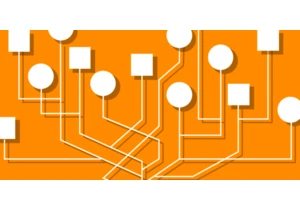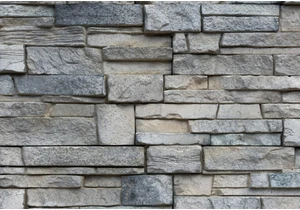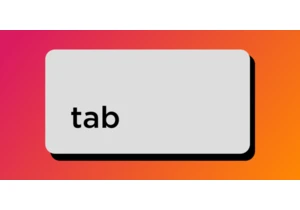CSS ::before and ::after pseudo-elements allow you to insert “content” before and after any non-replaced element (e.g. they work on a but not an ). This effectively allows you to show something on a web page that might …
The post 7 Practical Uses for the ::before and ::after Pseudo-Elements in CSS appeared first on CSS-Tricks. You can support CSS-Tricks by being an MVP Supporter.
https://css-tricks.com/7-practical-uses-for-the-before-and-after-pseudo-elements-in-css/
Accedi per aggiungere un commento
Altri post in questo gruppo


I went on to figure out how make masonry work today with other browsers. I'm happy to report I've found a way — and, bonus! — that support can be provided with only 66 lines of JavaScript.
<hr


Brad Frost introduced the “Atomic Design” concept wayyyy back in 2013. He even

Chrome 139 is experimenting with Open UI’s proposed Interest Invoker API, which would be used to create tooltips, hover menus, hover cards, quick actions, and other types of UIs for showing more in

Focus trapping is about managing focus within an element, such that focus always stays within it. The whole process sounds simple in theory, but it can quite difficult to build in practice, mostly

A versal letters is a typographic flourish found in illuminated manuscripts and traditional book design, where it adds visual interest and helps guide a reader’s eye to where they should begin.
